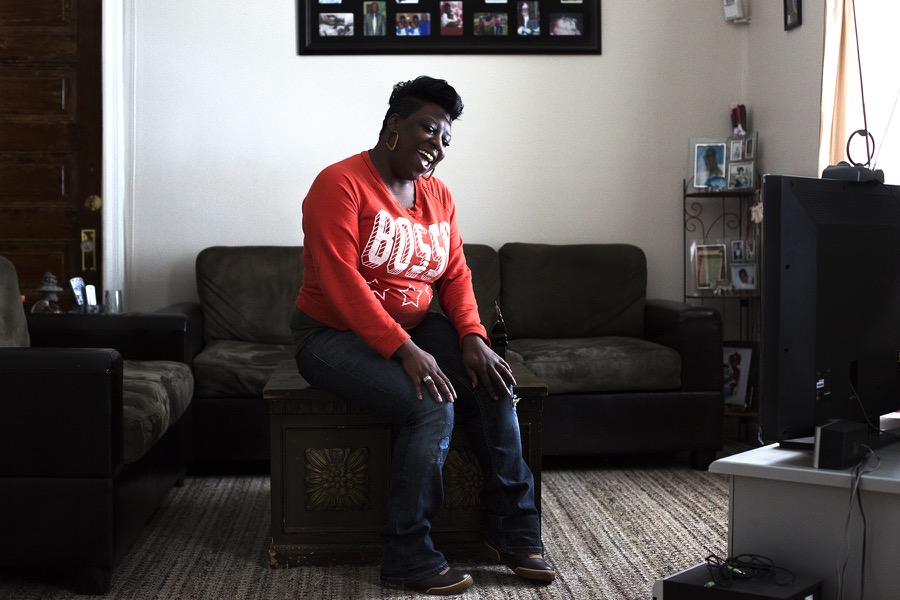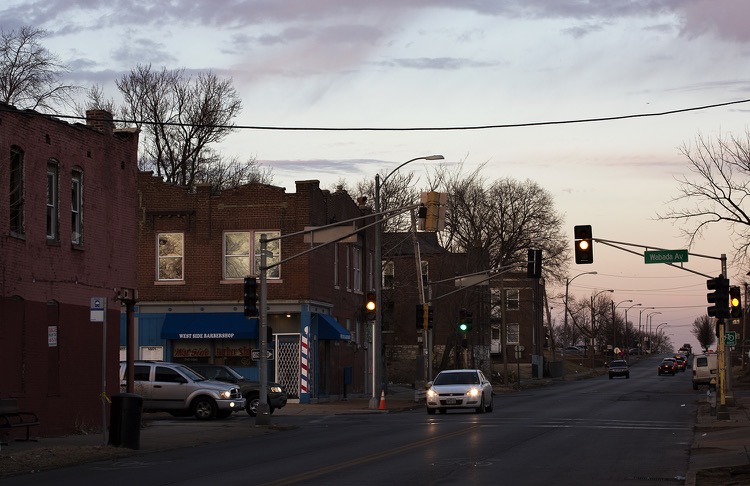From a close-knit neighborhood to 15 homicides in one year
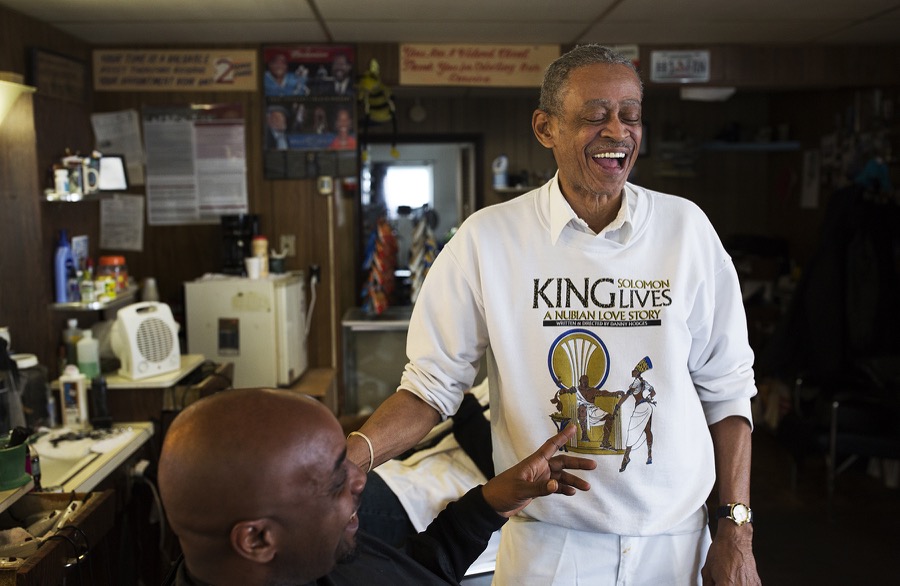
Sam Morgan laughs while cutting Matthew Robinson's hair at his shop, Westside Barber Shop.
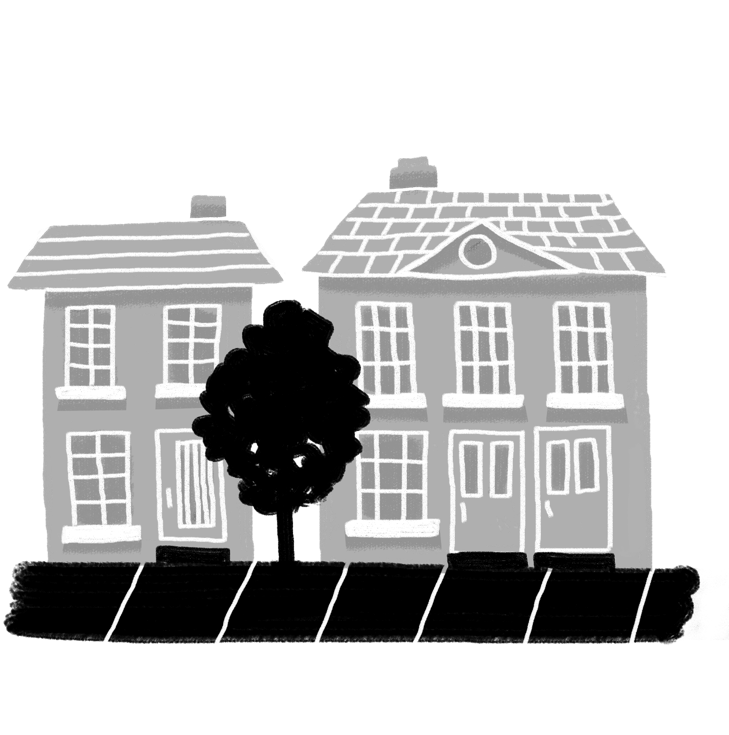
15 shootings in a square mile
Listen to an audio version of this story
The first time Chervonne Phillips witnessed a shooting, she was walking home with her 6-year-old daughter, and a woman they knew was hit by a stray bullet in broad daylight.
“She was with her grandkids; they were just coming from the store. I told my baby to run back,” Phillips said, as she sat in her living room in the Wells Goodfellow neighborhood on a January afternoon.
Phillips remembers running to the scene to try and help, but her friend — a 46-year-old grandmother everyone knew as “Miss Juliette”— didn’t make it.
“She was a pillar of the neighborhood, too,” Phillips said, noting that she was the kind of lady who would buy Bomb Pops from the ice cream truck for all the neighborhood kids.
That was 2014. Phillips, who still lives on the block with her two daughters, says gun violence changes things. She doesn’t let her youngest walk home from school alone — and they do not leave the house at night.
“But I don’t live in fear because it’s up to God to choose who he’s going to take,” Phillips said.
A neighborhood’s decline
Shavette Wayne-Jones, the executive director for the Hamilton Heights Neighborhood Association, grew up in Wells Goodfellow but moved away as an adult.
"…Just the continued disinvestment. The urban flight. The urban flight has really hit us hard."
— Shavette Wayne-Jones, executive director for the Hamilton Heights Neighborhood Association
Her great-grandfather worked for the railroad, took his savings and bought a two-family flat in what was then a bustling neighborhood with single-family homes, good schools and local businesses. Wayne-Jones grew up surrounded by family, with fond memories of listening to Michael Jackson at the record store with her father, walking to the nearby roller skating rink and helping out in her great-grandfather’s garden.
“I guess in the late '70s, early '80s, when the Chevrolet plant moved out to Wentzville, that started the process. I guess we never fully recovered over here,” Wayne-Jones said, on a walk around the neighborhood.
Without those jobs, people started to leave.
About 5,900 people live in Wells Goodfellow, in an area just over a mile square, according to the 2010 Census. The neighborhood is bound by the city limits along its northwest border, Natural Bridge Avenue along the northeast, Union Boulevard on the southeast and Martin Luther King Drive on the southwest.
Today, some won’t even set foot in Wells Goodfellow because they’ve heard about the crime rate, Wayne-Jones said. Property values drop. Homeowners move out, and renters avoid moving in. Businesses lose foot traffic, and customers. Wayne Jones can point to two businesses in the commercial strip where she works that have moved operations to Florissant in recent years.
In the mid-2000s, Wayne-Jones’ association had just finished building a set of single-family homes to sell when the recession hit. They ended up selling far below market value. Elsewhere in the neighborhood, foreclosures were common.
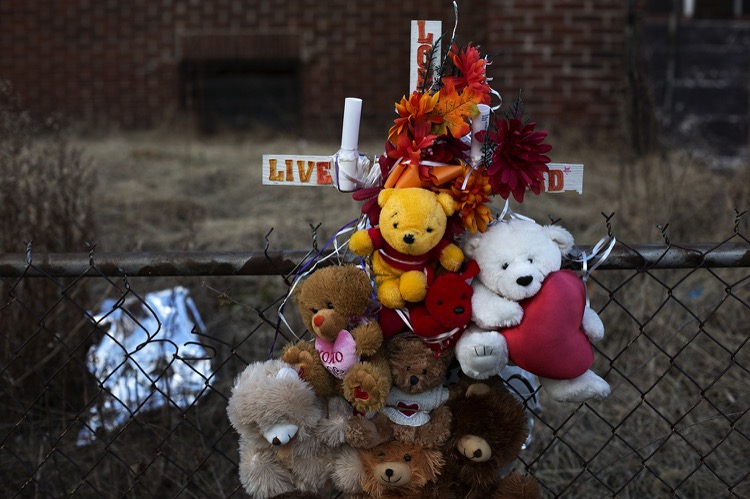
A memorial in honor of Rashad Farmer clings to a gate on the 5800 block of Lotus Avenue, where the 23-year-old was killed.
Today, an estimated one in three homes is vacant in Wells Goodfellow. The average price of the 24 residential buildings that sold in 2014 was $17,932. Driving through, you’ll see a few buildings with the scorch marks of a fire, left to collapse. No one seems to come back.
Why stay?
Phillips said she chose to raise her family here because she grew up here and wants to help make it a better place. Family members live nearby; and her remodeled, second-floor apartment is cozy and inviting. She has dreams of opening a boutique on Martin Luther King Drive, once a hub of economic activity.
After years of higher-than-average homicide rates, Wells Goodfellow is one of 15 neighborhoods in St. Louis that are receiving additional law enforcement resources under a comprehensive crime plan passed by the Board of Aldermen. It is also part of a federal Promise Zone.
But every time Wayne-Jones hears about a shooting on the news, she cringes—waiting to hear for the name of the neighborhood where it occurred.
Homicides in Wells Goodfellow
From a low of three homicides in 2012, Wells Goodfellow saw 15 killings last year.
Source: St. Louis Metropolitan Police Department
“If it wasn’t the Wells Goodfellow neighborhood, or the Hamilton Heights neighborhood, there’s kind of a sigh of relief for me,” Wayne-Jones said. “It is disheartening to see how we’ve gone from a pretty close-knit neighborhood to having 15 homicides, just in one year.”
Now, Wayne-Jones said, people are desensitized to gun violence. As soon as the dust settles, people (and voters) move on “until the next one happens,” she said.
The homicide rate becomes a stigma, Wayne-Jones said.
“It makes me angry. I work in this neighborhood still, and I know that there are good people here. The reason why this neighborhood is not worse off is because of those people that are still here that refuse to move,” Wayne-Jones said.
Helping each other
Tamaron Coleman also grew up in the neighborhood. She also moved away. But she feels the same pull to come back and help.
“I think we moved when I was 16, but I never left the neighborhood, I always came back. This is the place that molded me and made me who I am today,” Coleman said.
A couple of years ago, she started a support group for women who have lost loved ones. They meet monthly.
“My god-sister had lost her daughter. She would call, wee hours of the night, through the day. I was like, I have to do something,” Coleman said.
Coleman calls the group Helping Unite Grieving Sisters — HUGS. She estimates that half of her members have buried a child because of gun violence. For a time, Coleman said, her own kids lived pretty dangerously.
"I saw the whole neighborhood change, because of drugs — and guns."
— Sam Morgan, owner of the Westside Barbershop
“My children now are incarcerated. That’s probably the best thing that could have happened for them,” Coleman said, noting that she couldn’t reach them. “So maybe I can reach somebody else’s. If you can save one, you’ve done a lot.”
Jordette Barnes belongs to Coleman’s group and leads a similar one of her own called Noah Nation Foundation, in honor of her nephew who was shot and killed in the Wells Goodfellow neighborhood in 2014. Barnes said she sees gun violence as a product of the environment: of poverty, hopelessness and easy access to guns.
“A lot of people have nothing to look forward to. Nobody has goals, nobody has dreams,” Barnes said. “You can’t get milk for your babies or diapers. You go and stand in these lines — or you’re in the food pantry and the food pantry tells you no, you are angry.”
Coleman says the violence in Wells Goodfellow has divided the community she’s always known. Kids can’t play outside. Elderly people can’t sit on their front porches. Most businesses have moved out.
“If you ride around the Wells Goodfellow neighborhood, it’s dead. There’s no life. It’s all been sucked out,” Coleman said.
But there is life. You just have to know where to find it.
We walk across the street, into the warmth of a storefront underneath the apartment where Coleman grew up. A television anchor discusses foreign policy over the din of conversation and electric razors.
Coleman introduces me to Sam Morgan, the owner of the Westside Barbershop. Morgan remembers how in the ‘80s, boys in the neighborhood would bring their report cards in to the shop, and his father would give them a dollar when they earned an A.
“I saw some of these boys drop out of school, to sell drugs. This was ‘79 and ‘80. I saw the whole neighborhood change. Because of drugs. And guns,” Morgan said, with the tone of a grandfather telling stories about monsters.
Sam Morgan's barbershop
But, Morgan said, violence hasn’t necessarily made it harder for his business: “A lot of guys around here who are in that dangerous mode? They protect the shop.”
In the past three weeks, Morgan has gone to four funerals and wakes, and it weighs on him. He and the men getting haircuts talk about gun violence often. But nothing changes.
“Every time something happens, gun issues pop up for about two weeks. Then it’s gone. Nobody cares. Nobody really cares, because if we cared we’d get these guns off the street,” Morgan said.



